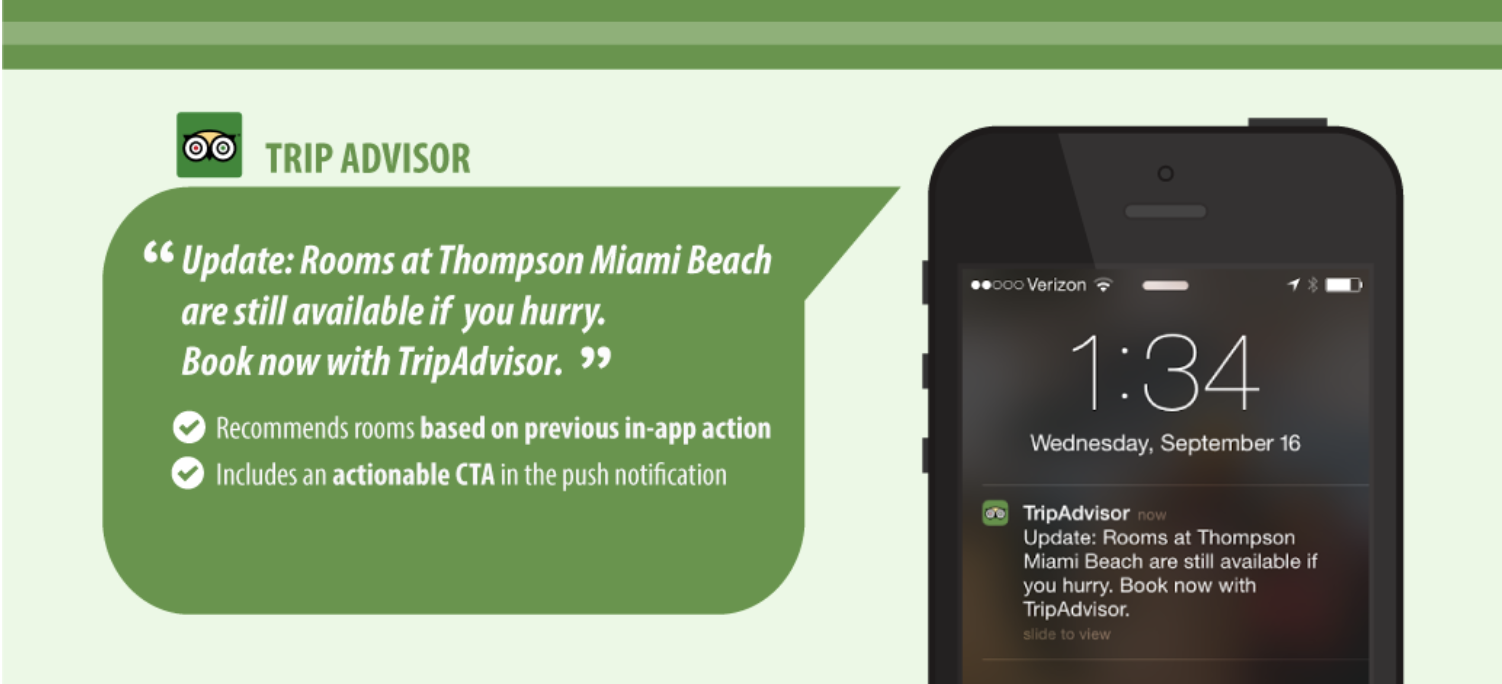Improve your marketing personalisation with machine learning
In the ongoing mission to deepen and strengthen customer relationships, many marketers are stepping away from the basic forms of segmentation and personalisation. In fact, 97% of industry leaders have expressed that the future of marketing lies heavily within machine learning-based automation entities. The ever increasing ability of these tools is what is making the personalisation of our marketing content much more scalable, efficient and automated, as well as being more valuable to the customer on the receiving side.
For the marketers that are at the top of their personalisation game, and are already utilising machine learning and artificial intelligence, 63% have noted an increase in conversion rates, with 61% also recording an improved overall customer experience.
How Does Machine Learning in Marketing Work?
Machine learning is a subset of AI and involves algorithms that can leverage data to make decisions for itself, continually learn without human input and adjust actions based on that learning. Basically, the more data it has available, the smarter it can become.
This gives marketers the ability to have a tool that can effectively analyse the type of content, keywords and phrases that are of most interest to your target consumer. Using this knowledge, they can then create content that is individually personalised for each customer. In time, the machine will learn what is the most effective content for triggering a specific action or outcome that fulfils a particular goal. This should help shorten the entire sales cycle as marketers are getting their target audience to take the desired action sooner.
Machine Learning and Personalisation
The way that most marketers have delivered personalised experiences in the past was through the manual segmentation of customers into groups based on basic demographic information such as their age, gender, location etc. While this approach works, it is very limited.
The problem is that the rules are written by humans based on what they believe to be true for each segment. But each person is unique, and could be at different points in their journey with your brand, or have differing interests and content preferences to the others within the segment the marketer put them in. On top of that, their intent from visit to visit can also change. A few segments and rules cannot take all of this information into account.
However, now, your user profiles can go way beyond this and can include a deeper insight into your customers based on their online browsing habits, social posts, device preferences, hobbies and interests, and much more! With machine learning, true personalisation – also called individualisation – can be done at scale. These tools can process huge amounts of data in microseconds and make the most relevant, up-to-date decisions based on this data, which in turn, helps you present the most relevant experience to each and every visitor. This deeper understanding of your audience is what's going to grab their attention and help you develop that long-term, meaningful relationship between brand and customer.
In this day and age our customers actually expect this individualised experience. As consumers it’s so frustrating when brands, who should know us well, completely miss the mark. For example, when you view an item of clothing on a specific website it’s pretty likely that re-marketing has been set up to have that item follow you around in other places on the internet in an attempt to get you to follow through with the purchase. They might even be offering you free delivery or a nice little discount code and, inevitably, you give in. You click on that ad with the full intention of purchasing, but what do you know… it’s out of stock in your size.
Ouch. Talk about a roller-coaster of emotions.
This sort of experience is not going to look good in the eyes of your consumer and frankly, with the technology available to marketers today, this should not be happening.
According to Gartner, by 2020, 90% of brands will be practicing at least one form of this real-time personalisation by machines - and it is these organisations that will be outselling their competitors that do not by 30%.
Let’s take a look at some of these different forms of real-time personalisation...
Personalised Recommendations
When a friend or a family member suggests a recommendation for something you might like, be it a book or a restaurant, the chances are, you’ll take them at their word and give it a go! That’s because you trust that these people know you and are aware of your likes and dislikes.
Well, machine learning works in a similar way. Based on your consumers previous browsing history and shopping actions, these smart tools can make suggestions, unique to each individual, on other similar products or services that might be of interest. E-commerce retail giant, Amazon, was a pioneer in these efforts, having developed an algorithm that has been creating very effective, personalised product recommendations since 2000.
This form of personalisation enhances the buying experience for the customers and has been found to boost conversion rates and accelerate sales and profits for the company.
Netflix is another popular example of a global company that has successfully made use of machine learning to provide recommendations. The average subscriber spends just 60 to 90 seconds scanning through movies and TV shows before they give up and exit the app. In a bid to ensure potential viewers don’t leave and to help with user retention, Netflix has spent a lot of time and money in perfecting its recommendation engine. This has paid off as according to the company, about 70% of everything users watch is a personalised recommendation and it has allowed them to save $1 billion per year from service cancellations.
Personalised Messaging
Machine learning and AI is enabling marketers to achieve true one-to-one personalisation of content on a mass scale. This content can include (but is not limited to) emails, push notifications and even website content. A tool that utilises machine learning can use the data it has been fed to constantly adjust and refine the content that is sent to consumers based on their different characteristics and behaviour. Their ability to learn from the data and analyse it on a 24/7 basis means that marketers can sit back and let the system do all the hard work with the confidence that their target audience is receiving only the most personalised content, at the right time of day, with the right tone of voice, the right offers, and the personal touches that will encourage long-term relationships.
The more personalised a message is, the more likely consumers will take notice. In email marketing, more than 90% of marketers who use some form of personalisation are seeing an increase in open and click-through rates.
Below, is an example of a personalised push notification from TripAdvisor. The app’s algorithm uses data from a user’s previous actions in order to send a custom-tailored message. The outcome is a valuable notification that is relevant to the user receiving it and doesn’t come across as salesy or pushy.

Web personalisation involves the real-time individualisation of a site to suit each visitor’s unique needs and guide them through a custom conversion funnel. This isn’t restricted to online web pages however and can be very effective for apps and mobile sites too.
In a nutshell, what this means is that the content seen by the user browsing the site or app can be personalised based on data such as the visitor’s demographic or their previous online and browsing behaviour. According to Janrain, 74% of online consumers get frustrated with a website when content appears that has nothing to do with their interests.
Let’s take a look at an example in action. Both of the below images are taken from the exact same URL. However, each visitor is shown a different homepage based on their gender, location and any other key pieces of data that might be available.
With this sort of personalisation, both you and the consumer are winning. The consumer gets to a enjoy a user experience that is tailored, relevant and designed just for their individual needs, and as a result, marketers are seeing an average increase of 20% in their sales.
Personalised Timing
Personalisation doesn’t just have to happen within the content of a message, it’s also super important when it comes to delivery times. No one consumer has the same daily routine, so the times during which they are available to engage with your messaging is very different. These routines are also subject to change, which is simply impossible for marketers to keep up with.
Thanks to machine learning and AI, scheduling the timing of your marketing messages can go way beyond manually creating a number of segments or personas and sending out multiple campaigns. Instead, these tools have the ability to customise the send time for each individual customer based on previous interactions and behaviours. This form of personalisation is also known as Intelligent Delivery and has been seen to boost revenue by 8% and email engagement by 17%.
Conclusion
Incorporating personalisation into your marketing strategy is simply unavoidable in this day and age. Consumers expect it, and failure to provide it will only result in your company losing out to your competitors. Thankfully, with machine learning and AI, the personalisation of our marketing content is becoming more and more automated, requiring far less intervening and tweaking from the marketer.
Share this
You May Also Like
These Related Stories

The Age of Intelligent Automation

Behavioural Segmentation: 3 Case Studies


